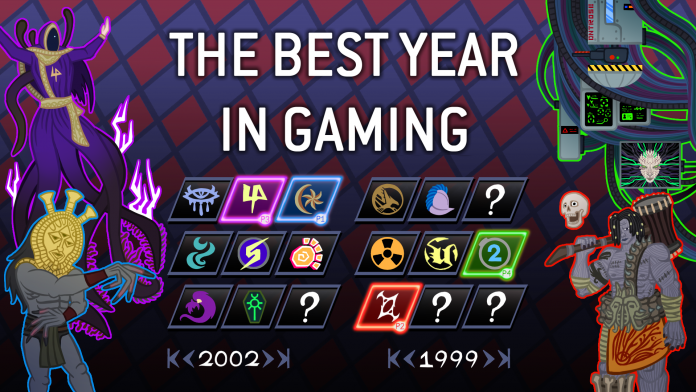Last year’s stacked lineup of games for the Game Awards had us thinking: What was the best year in gaming? As part of our series on determining gaming’s best year, we’re putting together an article on each year, charting the major releases and developments of the year, and talking about both their impact and what made them great.

The Year: 1988
1988 is a bit of an interim year for this project in terms of technology and pop culture. While there were some major developments, it was kind of a down year for movies, at least in terms of those which would interact with games: Who Framed Roger Rabbit was the highest-grossing film of the year, and Disney was still struggling to come back from the hole it dug for itself with The Black Cauldron three years earlier. The NES was doing extremely well in the United States – so well that Nintendo had ended its distribution deal with Worlds of Wonder the year prior, no longer needing help to move consoles. In Japan, NEC’s PC Engine was a smash hit, actually outselling the Famicom that year and establishing NEC as a serious competitor in the home console market.
On the information side of things, the internet was slowly developing but still very primitive – mostly limited to research, government offices, and research facilities. Outside of a quick mention of Q-Link we haven’t talked about it much in these articles. That’ll change next year. In 1988 the first permanent internet link between the US and Europe was created, starting with the Netherlands.
1988 would also see the release of Internet Relay Chat (IRC) in August, developed by Jarkko Oikarinen in Finland, primarily as a way to extend peer-to-peer chat functionality to users on a bulletin board. IRC would grow quickly and by November would spread to the entire internet, essentially acting as the tiny domino kicking off humanity’s downfall. IRC is still used today, mostly by sickos, but as a very old system there are a lot of tools available for it and IRC affords a number of advantages over proprietary chat programs like Slack or Discord. Every chat program and voice server that came after owes its existence to IRC.
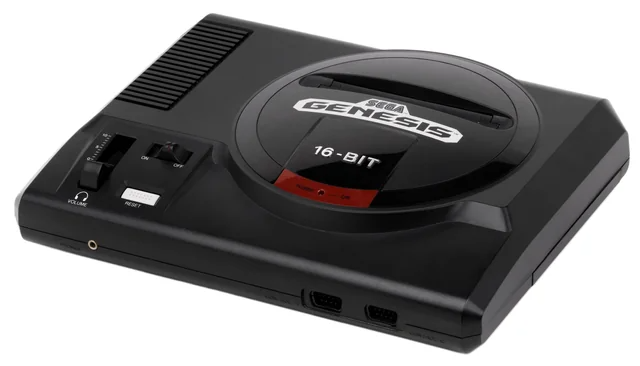
Sega Launches the Mega Drive
A year after NEC’s PC Engine officially kicked off the 16-bit generation Sega followed suit, launching the Mega Drive console (branded as the Sega Genesis in the US). The Mega Drive was adapted from Sega’s System 16 arcade board and on the whole was not quite as powerful as the PC Engine; while both had access to 512 colors, the PC Engine could display more simultaneously and had a second graphics processor. Despite this, the internal hardware made the Genesis the ideal platform for porting Sega’s arcade library to home consoles. The Mega Drive launched with four titles, two of which were Altered Beast and Space Harrier II.

Nintendo Power Magazine Launches
Nintendo of America started publishing their own official print magazine in the summer of 1988, kicking things off with a massive article covering Super Mario Bros. 2. The magazine was notable for featuring detailed strategy guides with full image maps of game levels, a fold-out poster in every issue, and some of the best cover art ever seen on a magazine. Nintendo Power kicked things off with bimonthly releases but would switch to monthly in 1991 and run another 21 years before finally turning off the lights. It would become a must-buy for Nintendo kids in the Eighties and Nineties, helping answer some of the hardest questions for games which were notoriously difficult, whether due to bad translations, ridiculous difficulty curves, or just being arcade ports designed to eat your quarters. Their strategy guides for games like Dragon Warrior, Final Fantasy, and Ninja Gaiden II were legendary.
Capcom develops the CPS-1
The first generation of Capcom’s CP System board was released in May 1988 and would power the company’s arcade games for nearly a decade before they replaced it with the CPS-II. The board was powered by a pair of custom microchips called CPS Super Chips, which helped to power the impressive graphics and massive, detailed sprites seen in Capcom’s arcade games.
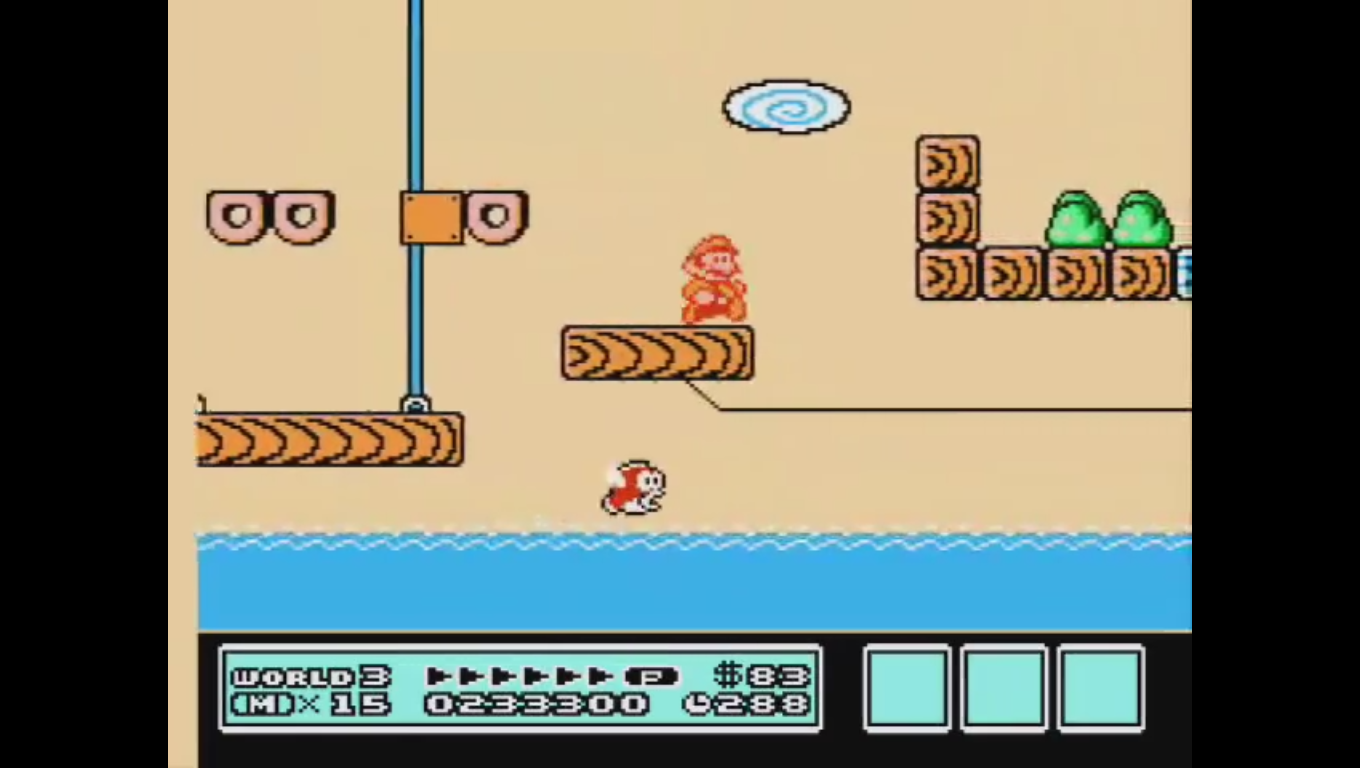
Super Mario Bros. 3
Let’s start with the juggernaut. Super Mario Bros. 3 has a legitimate claim to being the best game of all time, and it’s almost certainly in the top 5 of any serious list you’re going to make. Refining the sharp platforming of Super Mario Bros. and Doki Doki Panic (see below) while adding eight world maps chock full of secrets, items, and bonus stages, Super Mario Bros. 3 is in many ways the pinnacle of 8-bit platforming. And beyond that, it’s arguably the pinnacle of 2D platformers – while Super Mario World did a lot of things bigger and with better graphics, there’s a massive amount of simplicity, charm, and secrets buried in Super Mario Bros. 3 that just weren’t topped by the sequel. It’s great for first-time players and speed runners alike, and the game gives you tons of ways to customize your play experience with optional levels, power-ups, and warps. Any list of the greatest games of all time is incomplete without this one high on the list – it’s just a wonderful game and absolutely worth playing today.
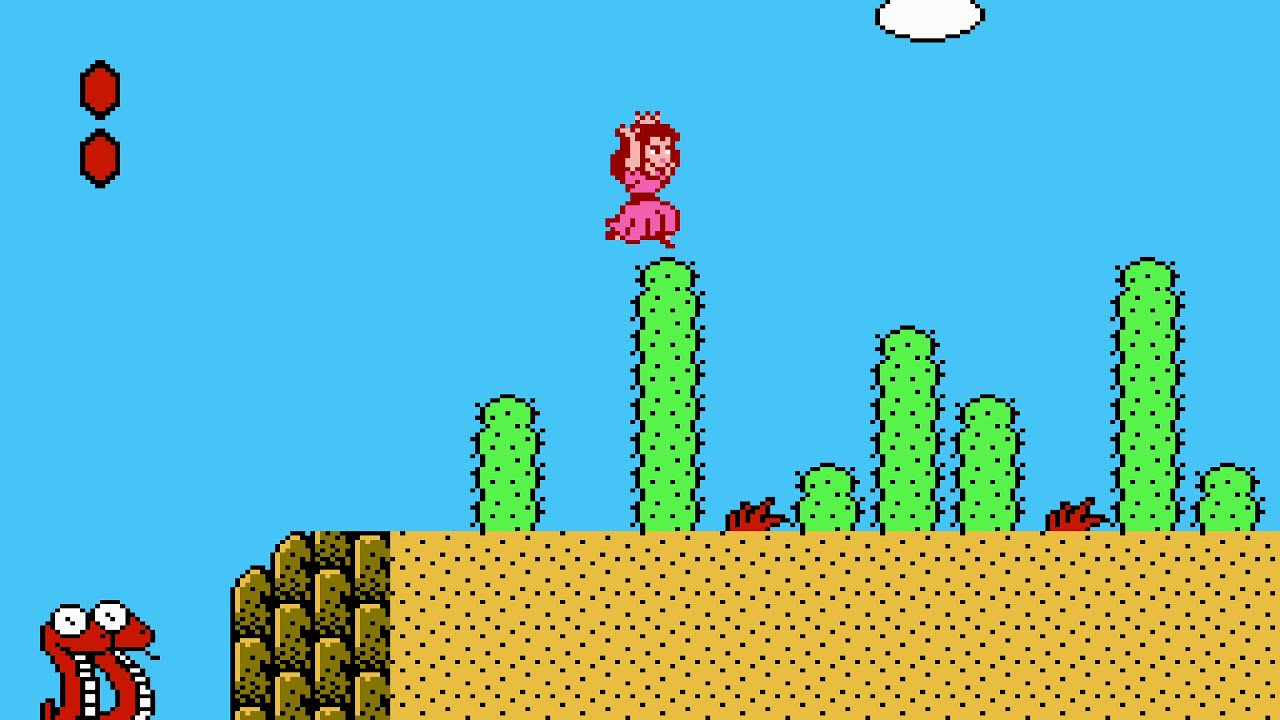
Super Mario Bros. 2 US
Unfortunately for Americans, Super Mario Bros. 3 wouldn’t release stateside until two years later, in February, 1990 – though it’d be playable in PlayChoice-10 arcades in 1989. The good news is that Americans got something else to tide them over: Their very own version of Super Mario Bros. 2. Nintendo had previously decided that the Japanese version of Super Mario Bros. 2 was too difficult for American players and too similar to the first game and so decided not to bring the game to the US. Instead of starting us down the path of Final Fantasy-like numbering shenanigans, they instead chose to create a new game for US audiences. Nintendo had previously made a prototype disk system game for Fuji Television called Yume Kōjō: Doki Doki Panic. Nintendo built off this prototype and reworked it into Super Mario Bros. 2 US, swapping out its characters for a cast including Mario, Luigi, Peach, and Toad. Moving to a cartridge the game lost save functionality but greatly cut down on load times and gained an improved soundtrack.
Super Mario Bros. 2 was a massive success in the United States and with good reason – the game absolutely slaps, and it’s a huge improvement over the original game in a way that Super Mario Bros.: The Lost Levels was not. Nintendo still regards it as an official mainline game in the franchise, and a large number of enemies introduced in Super Marios Bros. 2 US made their way into later games, such as bob-ombs, shyguys, sniffits, and ninji.
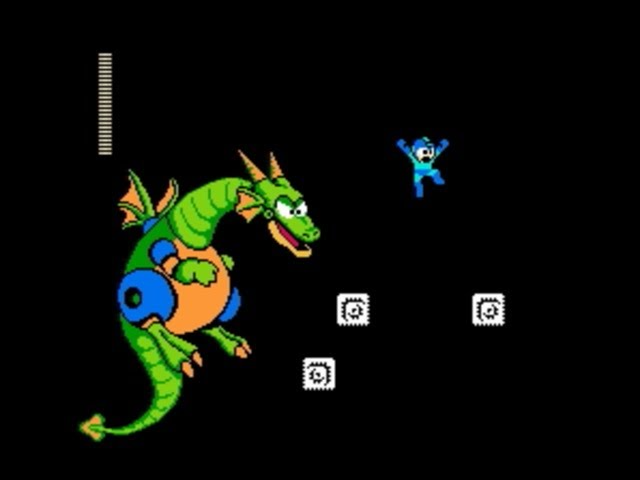
Rockman 2 (Mega Man 2)
Capcom had a hit on its hands with the original Rockman in 1987 but that game was pretty rough; full of great ideas but also plenty of mistakes and bugs. They’d improve on everything in the first game and then some with 1988’s follow-up, Rockman 2 (Mega Man 2 in the US). This time around the blue bomber had to take on eight robots built by Dr. Wily, once again copying their powers and picking up some extra tools from Dr. Light along the way. Rockman 2 took everything in the first game and improved upon it. More robot masters, bigger, more detailed sprites, more weapons and power-ups, a password feature, and much tighter controls with fewer bugs. Top all of this off with one the best video game soundtracks of all time – the game is filled with wall-to-wall bangers – and you’ve got one of the all-time greats.
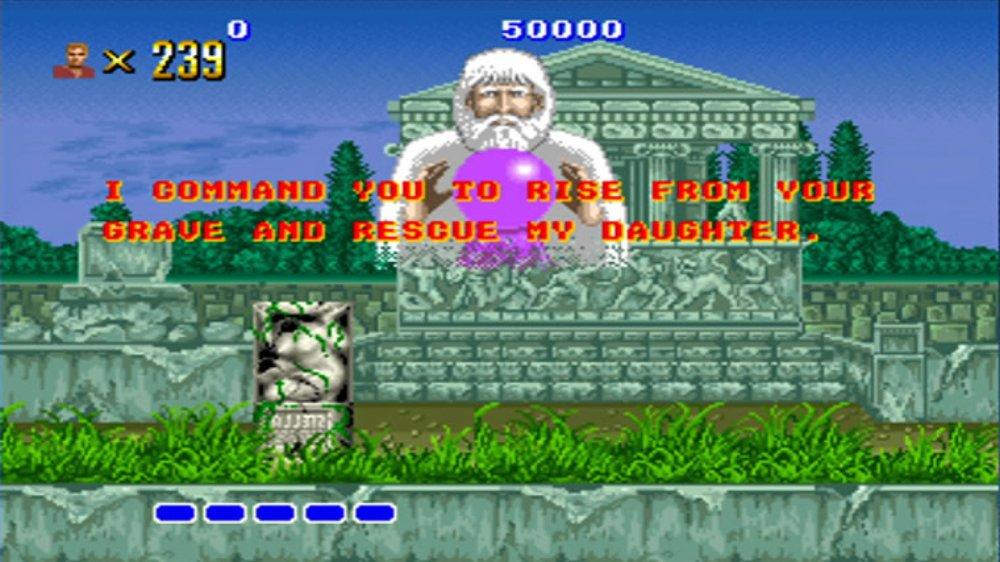
Altered Beast
Sega’s strong follow-up to an amazing 1987 at arcades was this side-scrolling beat-and-shoot-em-up. The game has five levels and has players taking on the role of resurrected warriors who change into werebeasts of various types. It’s a pretty solid game, remembered in part for starting with a wizard yelling, “RISE FROM YOUR GRAVE” as the game opens. The game was a bigger hit in the US than it was in Japan, and its Genesis port would be important as the console’s pack-in game until it was replaced by Sonic the Hedgehog.
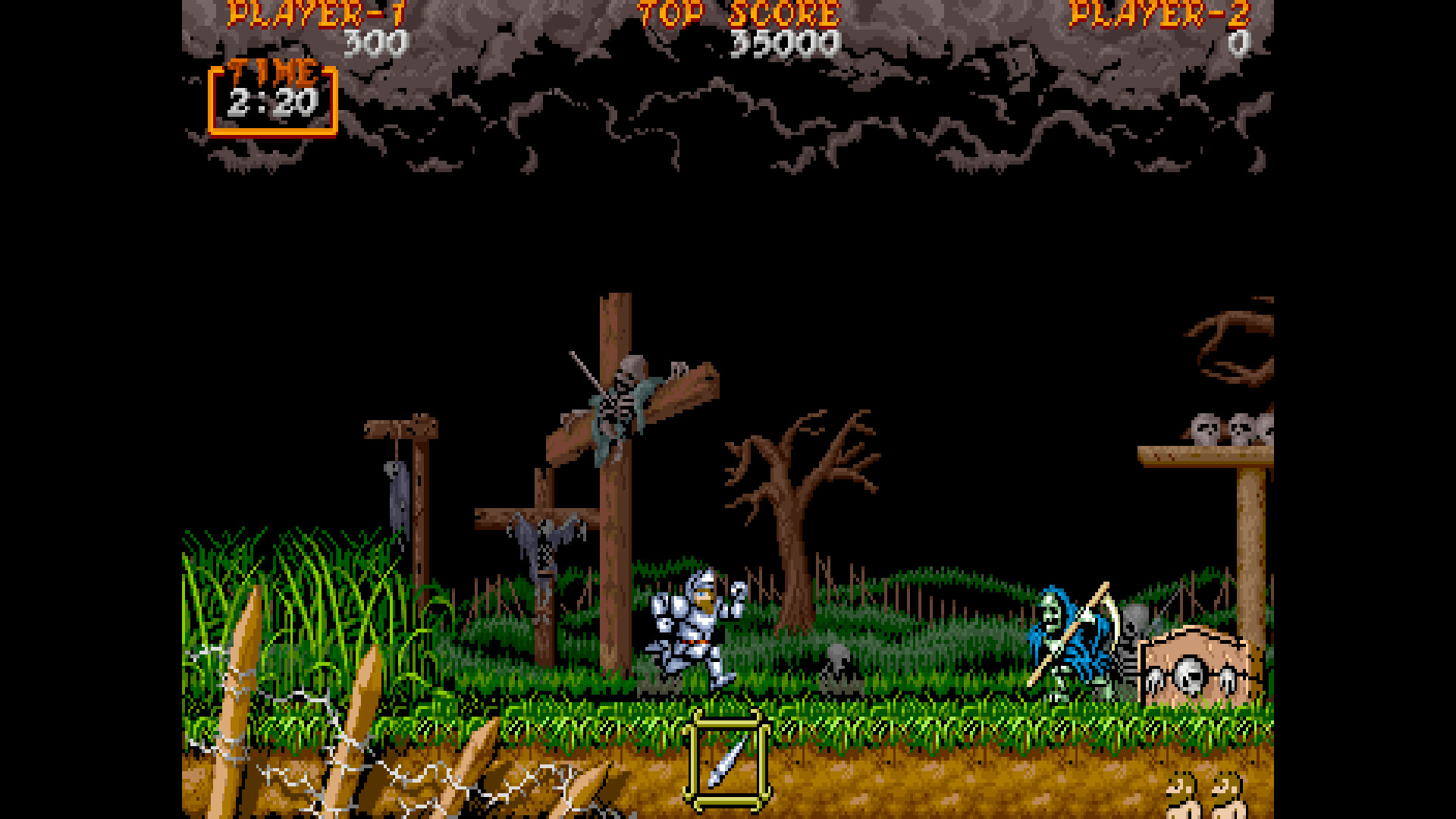
Ghouls ‘n Ghosts
The second CPS-1 game produced, Capcom iterated on their Ghost ‘n Goblins formula with this 16-bit version of the game featuring improved graphics, more power-ups, bigger bosses, and armor upgrades. Ghouls ‘n Ghosts would go on to receive console ports, including ports on the PC Engine and the Sega Master System in October of that year, though it wouldn’t see a faithful port until the Genesis.
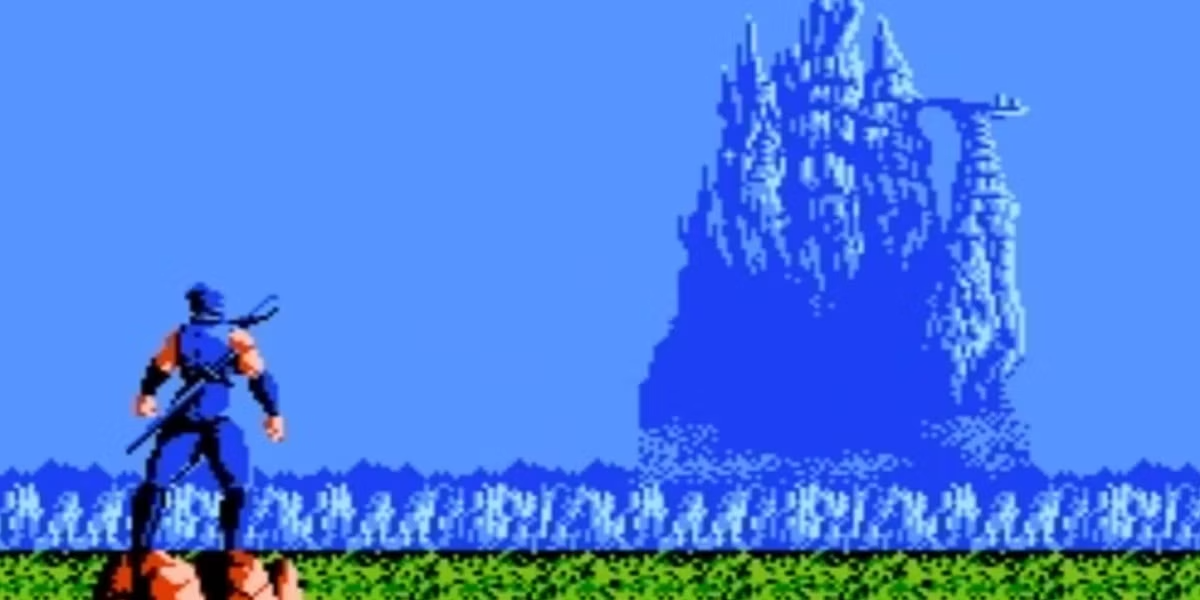
Ninja Gaiden – Arcade and NES
Tecmo would kick off one of the great franchises of the 8-bit era in 1987, with the simultaneous release of its arcade and Famicom versions of Ninja Gaiden. In both games, players take on the role of a ninja fighting his way through evil cultists in a near future side-scrolling beat-em-up. Of the two the Famicom/NES version is far superior, featuring a detailed story with incredibly memorable cinematic cutscenes, a fantastic soundtrack, and insane platforming with fucking birds ready to dive bomb into you and kill you mid-jump. The arcade version is good too, but the NES version is the real gem here, and an all-timer. Tecmo would go on to perfect what they started two years later with the game’s sequel.
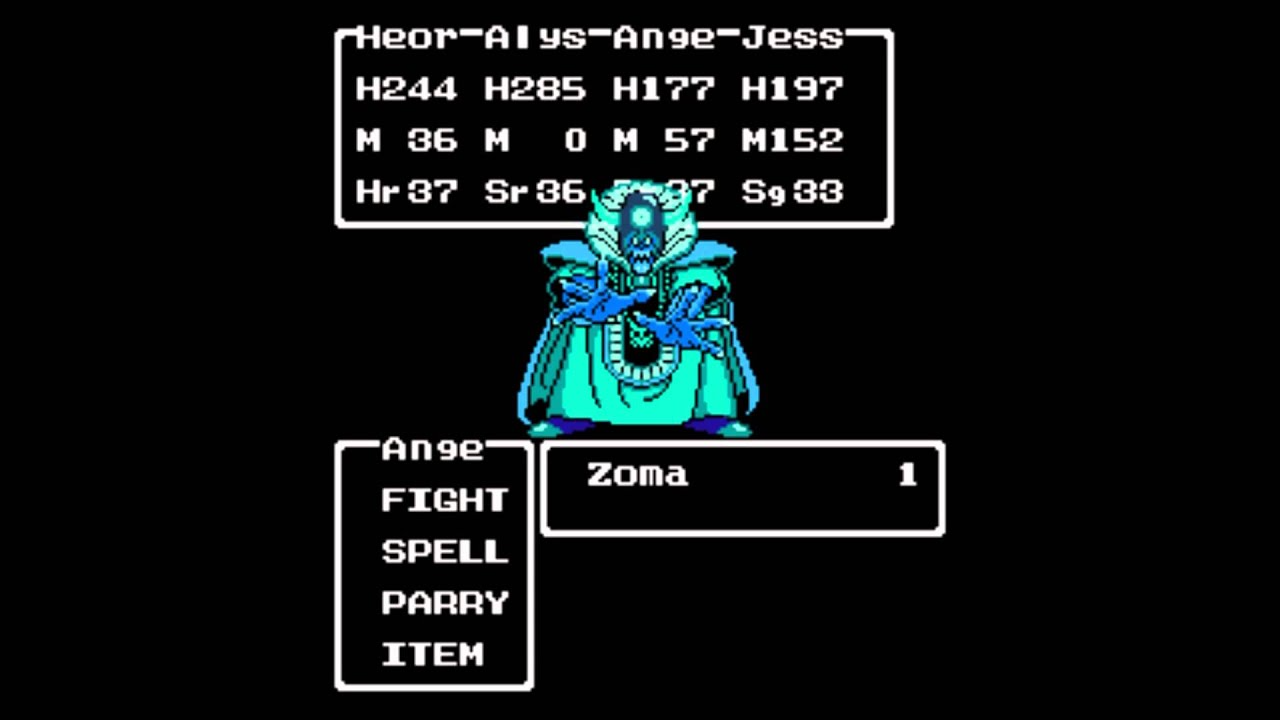
Dragon Quest III: The Seeds of Salvation
Enix closed out its first Dragon Quest trilogy with Dragon Quest III, the studio’s biggest RPG to-date and a prequel to the original Dragon Quest. This time around, players had more control over their party – choosing classes and hiring party members from the outset – and took on the role of Erdrick, the legendary hero from the first game.Over the course of the title, the player’s adventuring party not only traveled the globe but traversed the boundary between worlds, venturing to the world map of the original Dragon Quest. DQIII iterated on the solid gameplay of the second game but added more choice and day/night cycles to plan around. It’s the best game of the first three and ties them together very well.
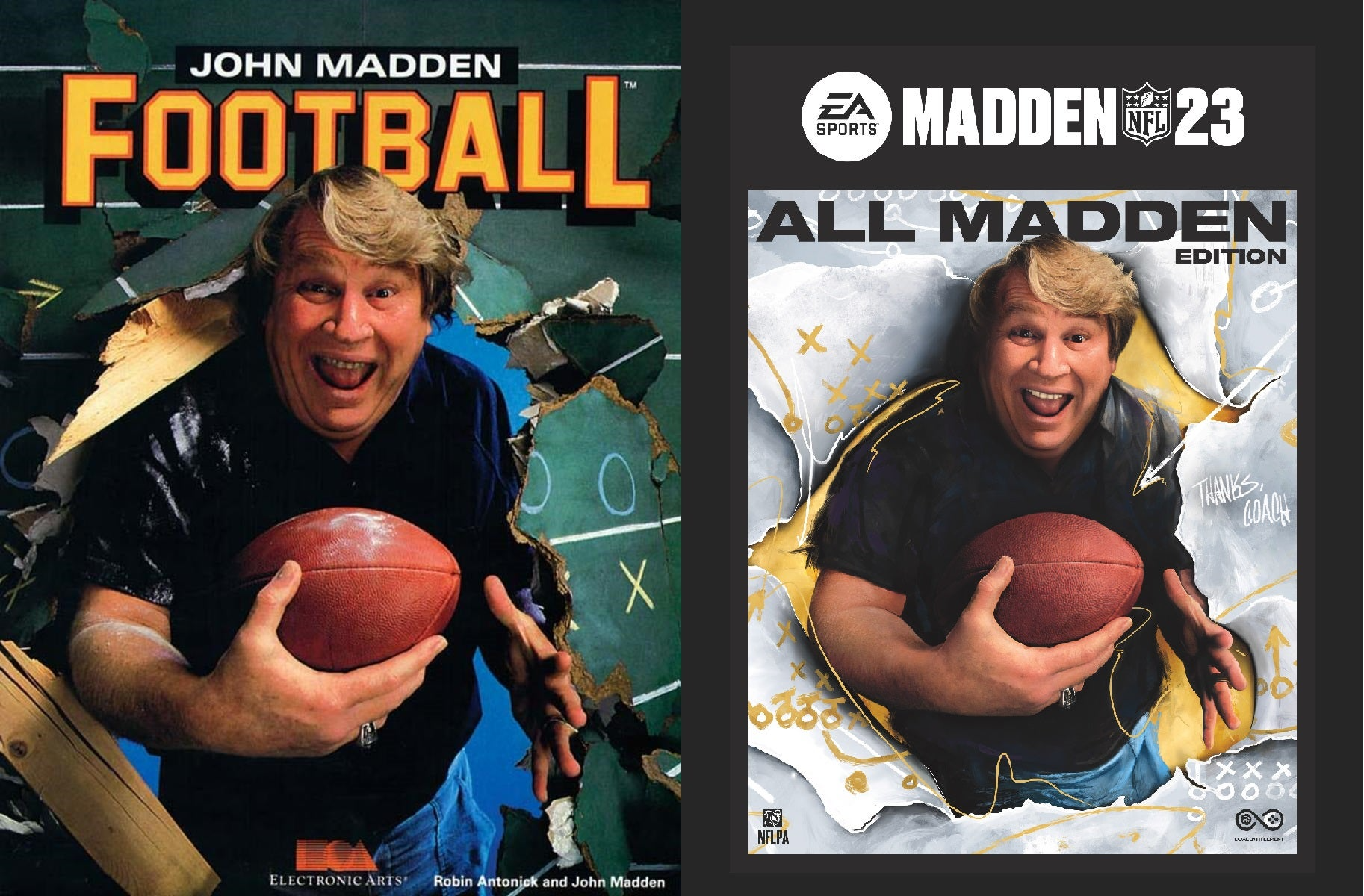
John Madden Football
Electronic Arts released the first game in what would become the biggest sports franchise in the world in June 1988 for the Apple II computer (It’d see an MS-DOS release the following year), partnering with former Oakland Raiders head coach John Madden after Joe Montana and Joe Kapp both passed on it. In an all-time blunder, Madden passed on an offer of “as much stock as he wanted” in Electronic Arts as payment, right before the company was about to go public, worried he’d have to pay the exercise price of $7.50 per share. EA’s stock price would hit $70 within the decade following and Madden would later refer to it as “the dumbest thing I ever did in my life.” Madden Football wasn’t nearly as pretty as say, Tecmo Bowl but it offered much more realism. For starters, it actually had 11 players per team on the field like a real game of NFL football, something Madden insisted on before he’d give his blessing. The game also had much more complicated play-calling, leading to a more realistic experience. The ‘89 PC port featured significantly improved graphics and on-field play and if you were interested in Xs and Os in your football game, it didn’t get better than Madden ‘88.
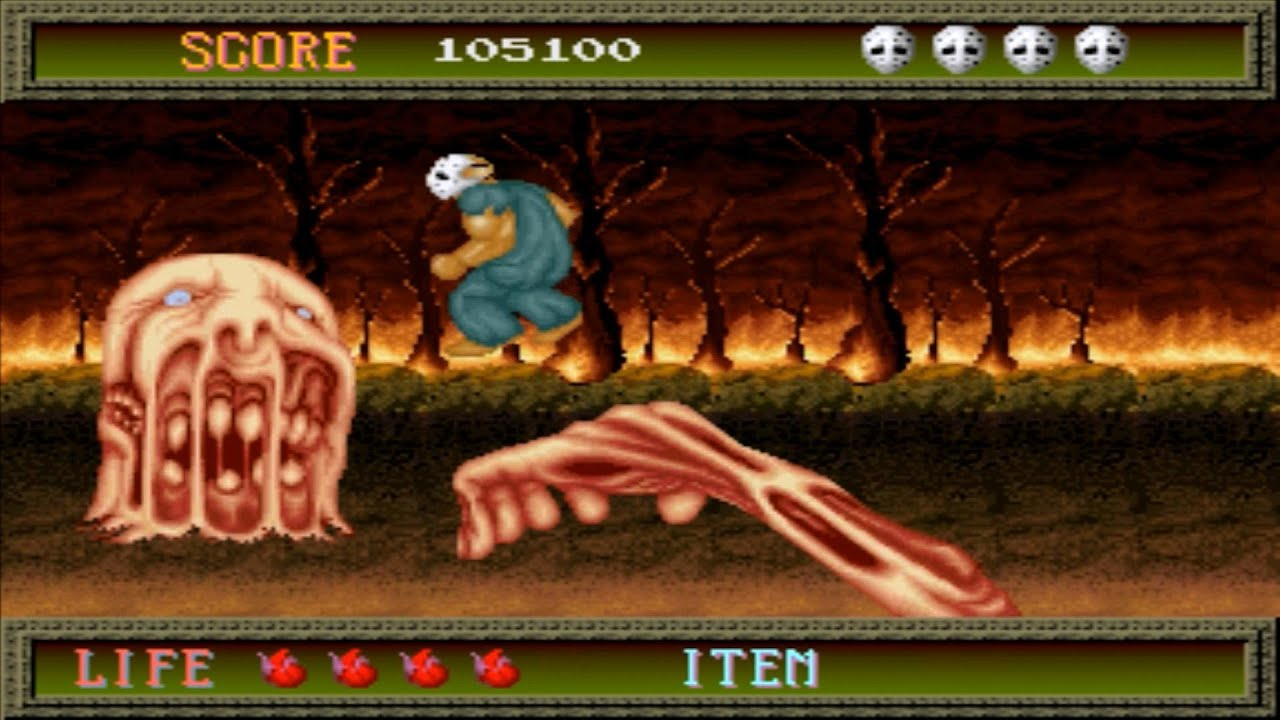
Splatterhouse
Released in arcades and to the PC-Engine in Japan in 1988, Splatterhouse is a beat-em-up notable for being both insanely gory and also pretty derivative of Friday the 13th when it comes to the series’ main character. You play as Rick, a college student trying to rescue his girlfriend from a haunted mansion while under the influence of the Hell Mask, a Mayan artifact that looks surprisingly identical to a hockey mask. The Mayans had good taste in sports, apparently. As an arcade game there’s not much to Splatterhouse, but it was a foundational game in terms of showing how games could incorporate horror elements – something Capcom was getting on that same year with Ghouls ‘n Ghosts – and also was one of several franchises that Sega and NEC would use to distance themselves from Nintendo’s family-friendly image.
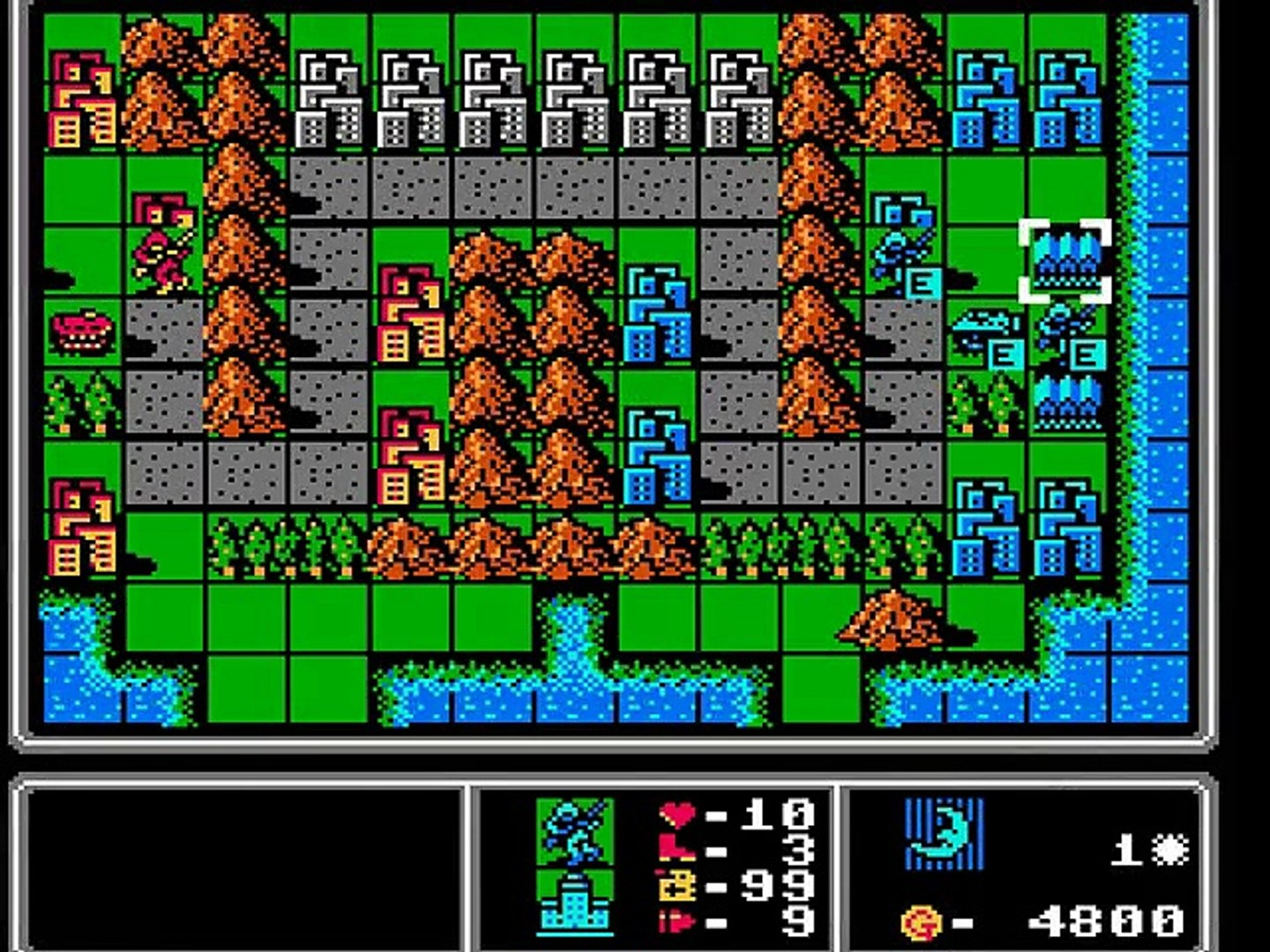
Famicom Wars
This one’s a bit of a sleeper, but worth following. Developed by Nintendo and Intelligent Systems, this turn-based strategy game sees players taking control of one of two identical warring nations – Red Star and Blue Moon – as they try to destroy the others’ units and base. Players build units, mov them across a grid, capture cities and factories, and blow up enemy units. If all of this sounds familiar, it’s because this is the first game in what would go on to become the fairly decorated Wars series – though the game wouldn’t see its big breakout internationally until the release of Advance Wars nearly 20 years later. The original is clunkier and slower, but the gameplay is all there, including the side-view battle sequences.
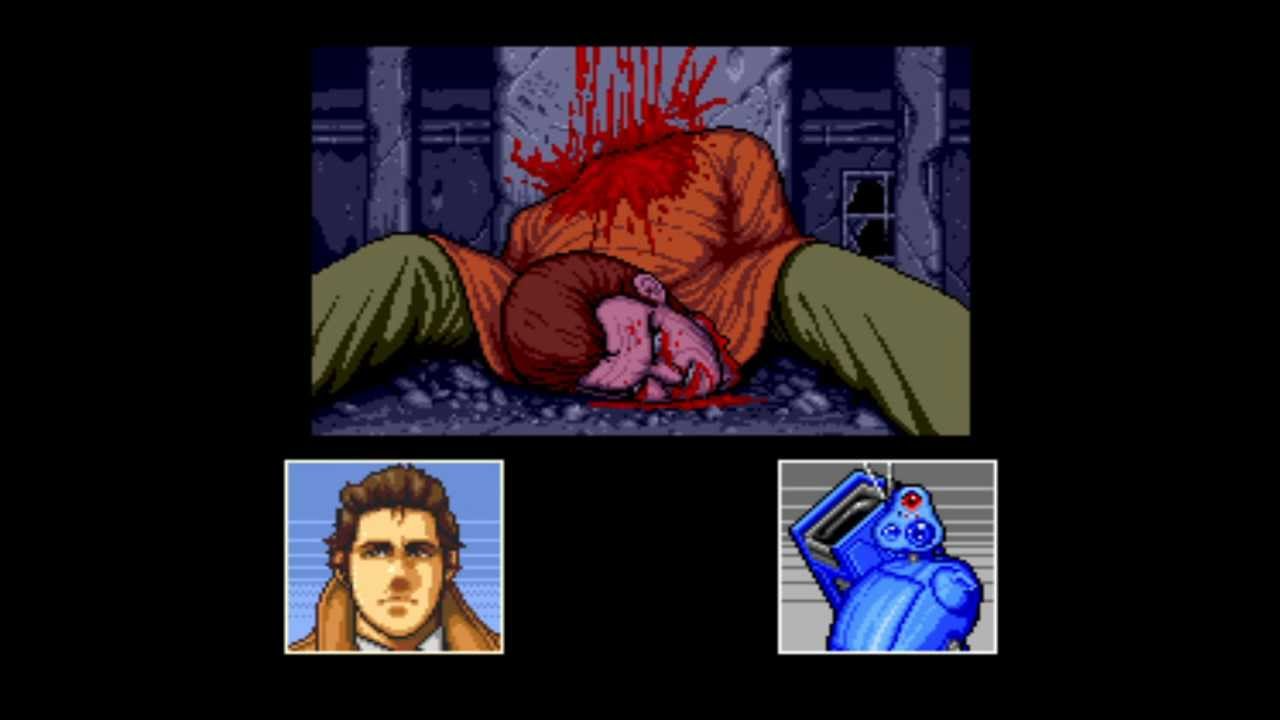
Snatcher
Hideo Kojima’s second project was the the futuristic adventure game Snatcher. Modeled heavily after Blade Runner, the plot of this semi-visual novel follows the amnesiac detective Gillian Seed as he works with a government agency to discover and destroy Snatchers, humanoid robots which have been killing and replacing humans. What follows is a wonderfully bonkers plot about secret experiments and insane geopolitics as you follow Gillian, his allies, and his robot navigator, “Metal Gear Mk II.” Snatcher wasn’t a big hit when it was released for the PC-8801 and MSX2 in 1988 but became a cult classic and would eventually see a more popular release on the Sega-CD a few years later.

Football Manager 2
On the other side of the Atlantic, Addictive Games was releasing the sequel to its 1982 hit, Football Manager. The second game was released for the Commodore 64, Amiga, ZX Spectrum, and DOS computers, featuring improved graphics and play across the full pitch. It’s hard to describe Football Manager 2 as a game; it’s much more a sim than an arcade sports title, and has more in common with fantasy football in the US than something like Tecmo Bowl, with more of the gameplay happening in text menus than on the pitch itself. That said, Football Manager 2 was a major hit at the time and the ability to manage a team and set lineups as you try and build a winning club.
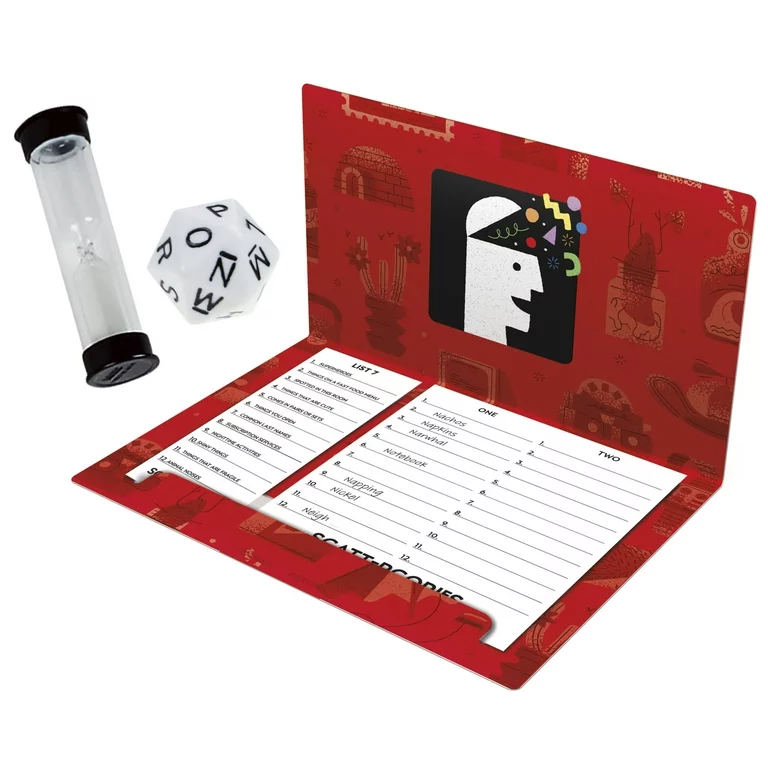
Scattergories
Milton Bradley published their popular party game in 1988, in which players scored points by naming unique objects/people/places within a set of categories, all starting with the same letter. As a party game, Scattergories holds up better than most of the standard US boardgame fare you’d find and is a pretty fun time. I’d take it over Apples 2 Apples any day.
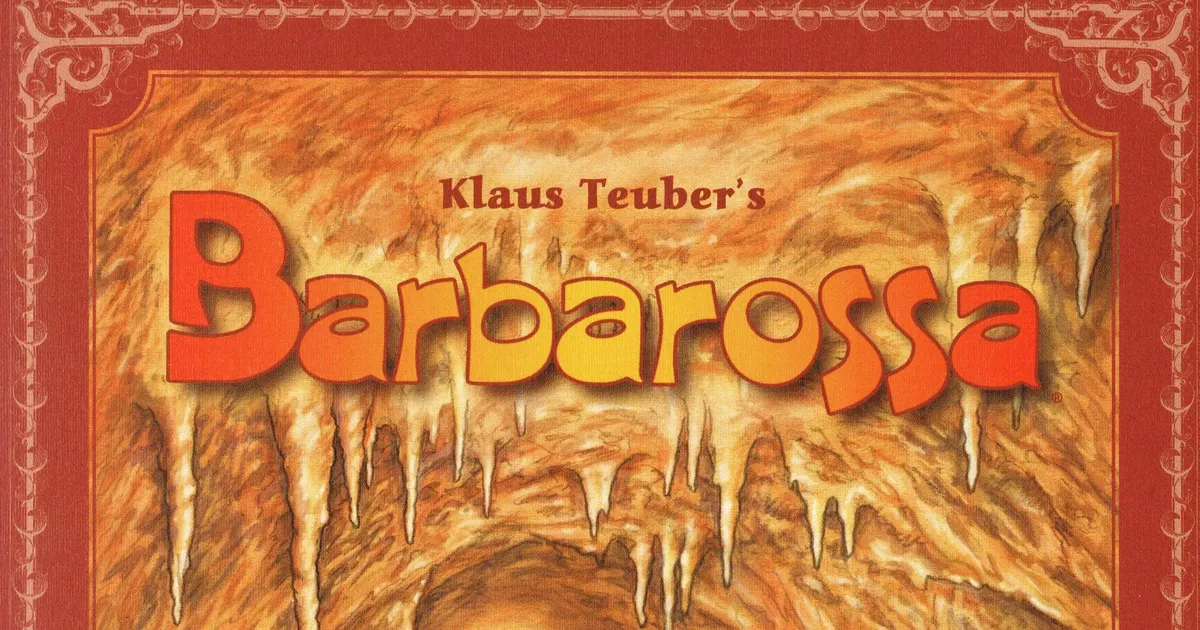
Barbarossa
Raf Cordero: The 1988 Spiel des Jahres winner, Barbarossa, is a family/party game of a sort that for a long time didn’t figure prominently in Spiel des Jahres nominations or wins but which has recently seen an uptick.
Similar in the broad strokes to family/party games like Dixit, Barbarossa is a guessing and deduction game in which players create objects based on a single, specific word, from modeling clay. Once the objects have been formed, game play proceeds person to person in which a player moves around the board either by rolling a die or spending gems to choose where they go. Spaces on the board have different actions, granting victory points or giving the player an opportunity to do a number of things to determine their opponents’ objects. The board spaces might let you ask a question about the clay figurine or ask a letter in the object’s name or make a guess as to what it is. Guesses are made in secret. If you guess correctly, you put a stick in the object and score points. Final scoring is based on how many sticks are in your object. Too few or too many and you lose points. The trick is finding the balance.
Barbarossa was designed by Klaus Teuber [Damn Klaus, leave some awards for everyone else], most famously known as the designer of Settlers of Catan, who would go on to win multiple Spiel des Jahres awards in the earlier days of the award. In Barbarossa, he envisaged what would come to be a classic mechanic that would be deployed over and over again in other, also excellent games.
Why It Was the Best Year in Gaming
This is a year that really showcases one of the challenges inherent in cataloging the middle years of this project: 1988 as a year for gaming looks completely different for the US and Japan. Not only would you be playing a different Mario game entirely if you were living in the US, you’d also be seeing new releases of games from the last three years in Japan, while in Japan you’d be seeing big releases which would never make it to the US, such as Final Fantasy II and Famicom Wars. That said, the case for 1988 rests heavily on a pair of all-timers in the Mario Franchise, one of which is a contender for the best game of all time. Mega Man 2 also makes a strong case for being the best Mega Man game, and there were a few other solid titles released in 88, including Blaster Master, Double Dragon II Arcade, and The Guardian Legend.
This article is part of a larger series on the best year in gaming. For more years, click this link. Have any questions or feedback? Drop us a note in the comments below or email us at contact@goonhammer.com.
